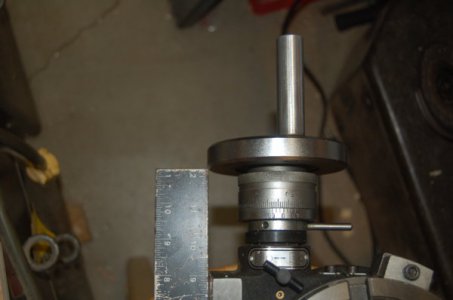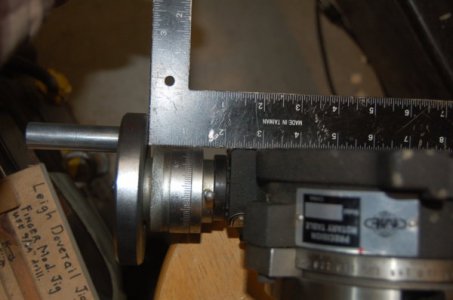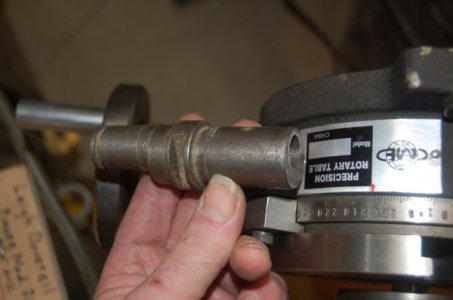- Joined
- Jan 26, 2013
- Messages
- 200
So, here's what I'm wondering. About half the time I use the rotary table I find the hand wheel interferes with where I'd like to clamp it down. Looking at other tables this seems to be the common configuration, where the handwheel interferes with the mounting plane(s) of the table. Why would this be? I'm seriously considering turning a new wheel to alleviate this problem. Would that be a bad idea, and why?
Thanks
Mark
Thanks
Mark






